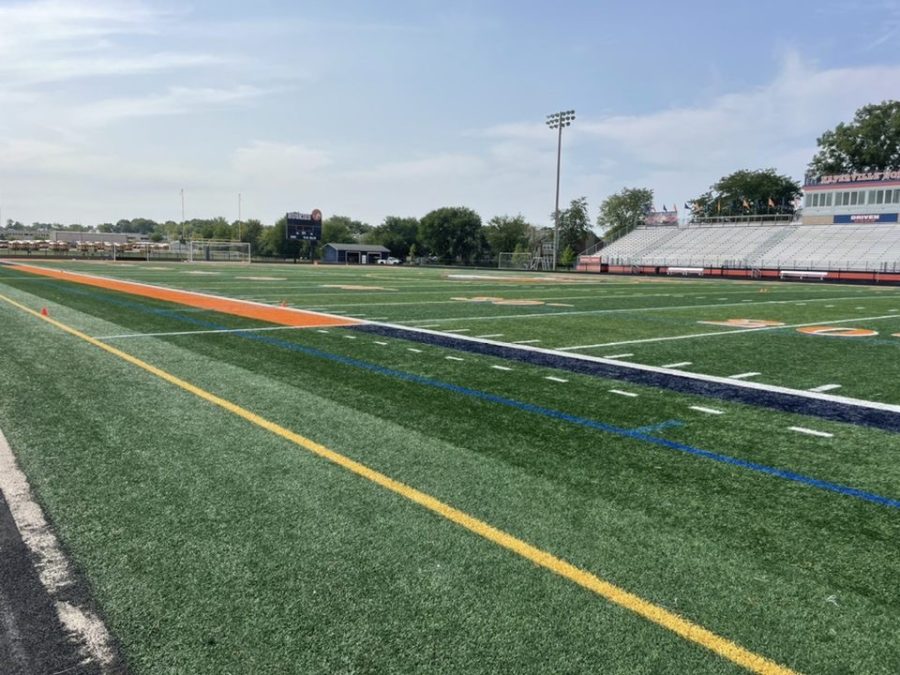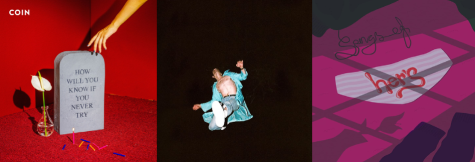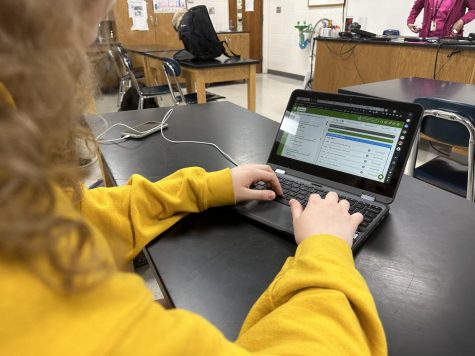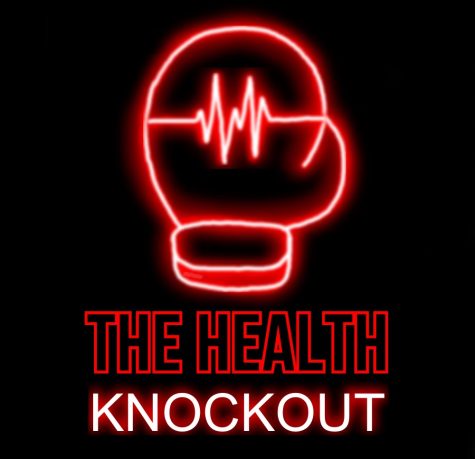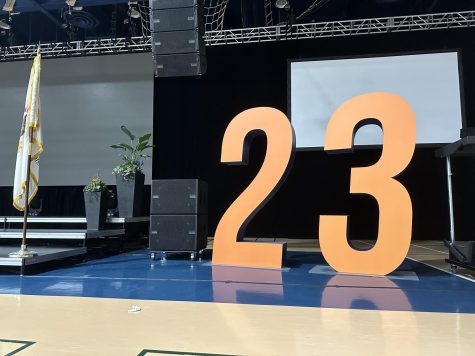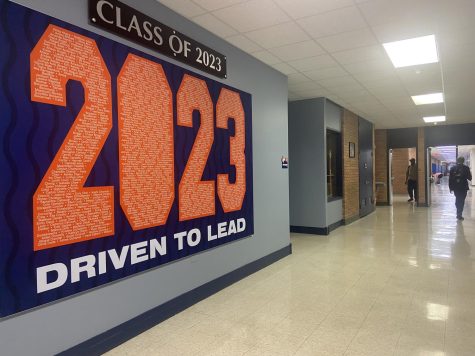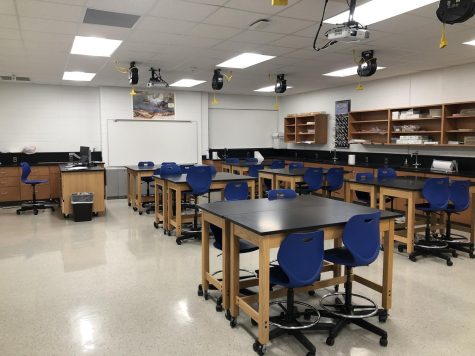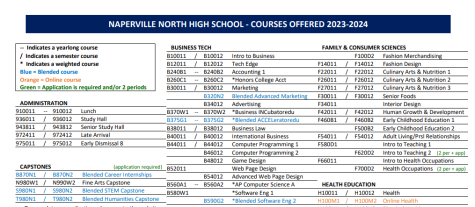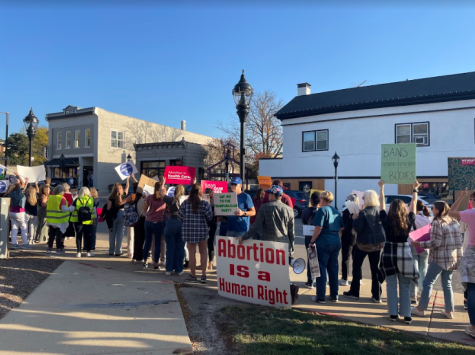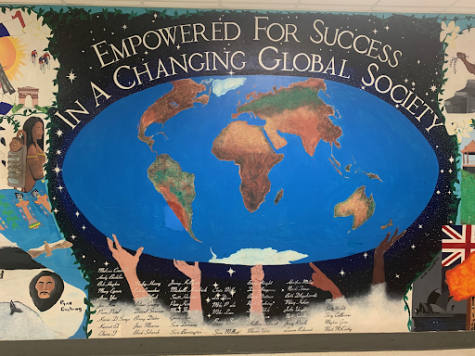A timeline of prayer in public schools
Photo by Grace Aigner
In June, the U.S. Supreme Court decided on the Kennedy v. Bremerton School District case from the state of Washington. In a 6-3 decision, the Supreme Court ruled in protection of a public religious practice, deciding that Bremerton High School football coach Joe Kennedy had the constitutional right to pray on the field after games.
Locally, District 203 still prohibits district endorsement of “group prayers” at any school-sponsored activity, including athletic events, but doesn’t explicitly address whether coaches or other district employees can pray as outlined in the court ruling. In an email, Executive Director of Communication for District 203, Alexander Mayster, said the district’s policy doesn’t require updating after the Kennedy v Bremerton ruling.
Here’s a timeline of the Kennedy v. Bremerton School District case and similar Supreme Court cases on prayer in public schools:
1962: The Supreme Court ruled prayer in public school to be unconstitutional in Engel v. Vitale. The landmark ruling stated that public officials, in this case public schools, could not promote one religion over another because it is a violation of the Establishment Clause of the First Amendment.
2008: At Bremerton High School in the state of Washington, Joe Kennedy, the school’s varsity football coach, began praying at the 50-yard line after games.
At first, he prayed alone; later on, his own team and sometimes members of the opposing team would join him. As more people joined, Kennedy began to make short speeches in addition to the prayer. This sparked concerns amongst players’ parents and some school staff as many were worried that Bremerton players would feel obligated to join their coach, concerned that their non-participation would negatively affect their playing time.
In light of Kennedy’s prayer practices and the concern it raised, the Bremerton school board told Kennedy to stop his post-game prayers in an effort to avoid violating the First Amendment per the 1962 Supreme Court decision in Engel v. Vitale.
2015: The Bremerton school board told Kennedy that he may continue giving speeches after games, but they must remain secular. Players on the football team are allowed to continue praying if they’d like. Kennedy stopped his prayers for about a month, but then resumed prayer at the 50-yard line with players, coaches and parents joining him once again.
The school board offered to accommodate a more private space for Kennedy to pray in after games. Kennedy refused this offer.
In October of the same year, Kennedy was put on paid leave and his one-year contract was not renewed for violating the school’s directive regarding his public prayers.
A similar issue was looming locally at this time as well. In the same year, pictures were released of Naperville Central High School’s football coach Mike Stine praying with his players before a 2015 game against Waubonsie Valley High School. Prayers were then banned by District 203 after complaints by a Wisconsin-based nonprofit organization called the Freedom From Religion Foundation were filed claiming that Stine’s prayers were a violation of the First Amendment.
Daniel Bumpus, a then-member of Naperville Central’s football team, first introduced a team statement in support of their coach and his religious practice. The team’s full statement can be found here.
2016: Joe Kennedy filed a federal lawsuit against the Bremerton school district claiming that the district’s actions were in violation of the First Amendment’s Free Speech and Free Exercise clauses, and requests that he is reinstated as a football coach.
The case went through the Ninth Circuit court, which denied the motion twice. The courts agreed with the school district’s effort to avoid violating the Establishment Clause of the First Amendment.
2022: On June 27, the Supreme Court decided in a 6-3 vote that Joe Kennedy’s post-game prayers are protected under the Free Speech and Free Exercise clauses of the First Amendment. Supreme Court justice Neil Gorsuch writes in the Court’s majority opinion that these clauses protect an individual’s right to religious practice without governmental intervention, overriding an establishment’s efforts to avoid promoting a specific religion.
“The Free Exercise and Free Speech Clauses of the First Amendment protect an individual engaging in a personal religious observance from government reprisal; the Constitution neither mandates nor permits the government to suppress such religious expression,” Gorsuch wrote.
This decision diverges from the precedent set by previous cases dealing with prayer in public places such as Lemon v. Kurtzman (1971), Lynch v. Donnelly (1981) and Lee v. Weisman (1992).
As for District 203, soon after the Supreme Court decision was published, the district announced its plans to review its own policy on prayer, but later decided that revisions were not needed. Currently, District 203 does not allow the endorsement or promotion of “invocation, benedictions, and group prayers” at any school-sponsored activities, per the policy adopted on June 20, 2022.
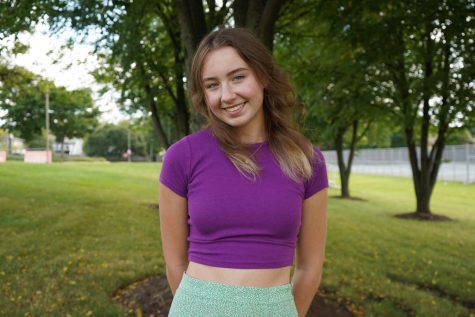
Grace is a senior at Naperville North this year and so excited to be returning to The North Star! She is looking forward to continuing to improve and refine...

